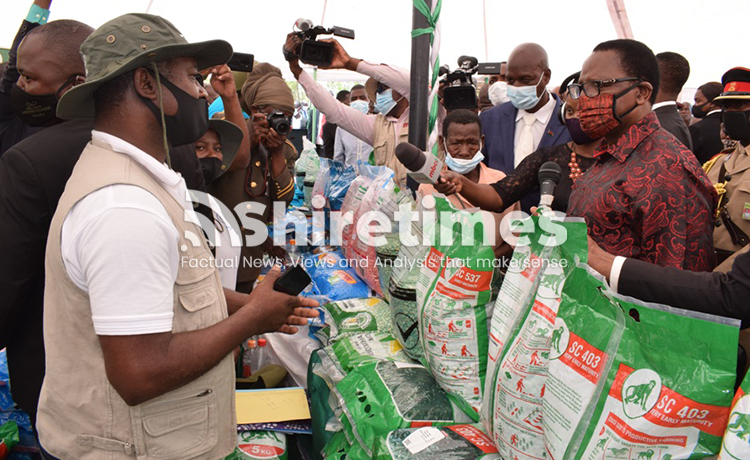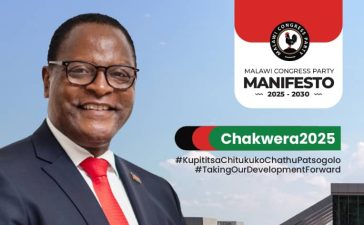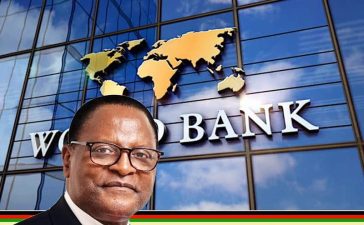
While tobacco has remained Malawi’s main GDP booster and a mainstay on our economy as a leading foreign exchange earner, the crop has been on a terminal decline due to worldwide declining demand for tobacco. In fact, this year’s earnings from tobacco were, according to announcements made by President Chakwera in May, expected to be below US$200 million. Indeed, by the closure of the tobacco selling season on 16th July this year, Malawi has realised about US$155 million after selling about 94,000 kg of tobacco to the foreign markets.
While this presents a gloomy picture, not all has been lost in the season as soya beans and maize seem to have complemented the weakness that tobacco has registered on our economy. By early this year, Malawi exported around 20,000 metric tons of maize and realized around MWK3.6 billion with more expectations on an impending maize export deal with the Republic of South Sudan.
Curtsey of the agriculture industry success flagship programme of AIP, Malawi has produced about 4,581,524 metric tonnes in 2021 according to the Ministry of Agriculture’s Third Round Crop Production Estimate. However, Malawi’s population and consumption pattern informs that only about 3,300,000 metric tonnes of maize is required for the country to be squarely food secure. This means that a balance of about 1,581,524 metric tonnes is available for export. Statistics are indicating that the country will rake in over MWK200 billion once the excess maize is exported at an average price of MWK180 000 per metric ton which was the export price for last year.
Apart from the maize export gains, Malawi has, so far raked in K51.6 billion from exporting soya beans, a crop which has scored a record high price this year curtsey of Government’s intervention of bringing a minimum farmgate price among other factors. Figures from the Ministry of Trade and Industry indicate that as of 16th June 2021, about 120,000 metric tonnes of soya beans had been exported, bringing into the country about K51.6 billion.
This entails that in the export crop basket, Soya Beans is potentially one of Malawi’s leading alternative cash crops to tobacco as it is expected to be responsible for more than 50 percent of all foreign currency receipts this year, whereby the value of soya exports is estimated at $60 million with the opportunity to double in the next couple of years.
The above points to one of the key successes of President Chakwera-led administration in its first year of tenure which prioritized a policy that would ensure national food security and food export as a strategic basic foundation from which the economy fixing and building would ensue.
The Minister of Agriculture, Lobin Lowe, notes that despite its huge potential, so far very little has been done to stimulate output in terms of yield and quality. While soya beans yield globally is about 4,000 kg per hectare, in Malawi an average farmer harvests a mere 800 kg for the same land size and this is an aspect that has to be looked into in order to maximize gains.
Lack of quality seed and limited varieties are major challenges facing the output chain. Malawi has only three soy varieties: Nasoko, Tikolole, and Makwacha. These varieties do not best suit farmers’ needs and agricultural ecological zones. The African Seed Access Index observes that Malawi has been using the same three varieties for nearly 20 years—a sign of a stagnant sector.
Written By: Ralph Nkhata
Edited By: Ibrahim Mwamadi













